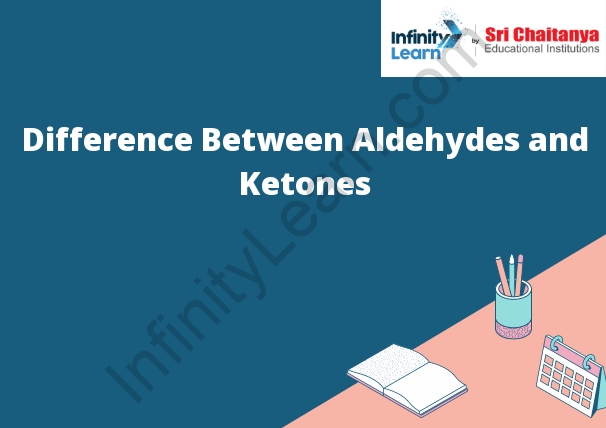Table of Contents
About Aldehydes and Ketones
Aldehydes and ketones are both organic compounds that contain a carbonyl group. The carbonyl group is a carbon atom double-bonded to an oxygen atom.
Aldehydes are compounds that contain the carbonyl group bonded to a hydrogen atom. Ketones are compounds that contain the carbonyl group bonded to two carbon atoms.
Aldehydes and ketones are both polar molecules. This means that they have a net dipole moment, with a positive end and a negative end. The polar nature of these molecules makes them soluble in water.
Aldehydes and ketones are both oxidized compounds. This means that they are susceptible to oxidation reactions. Oxidation reactions involve the removal of electrons from a molecule.

What are Ketones?
Ketones are a type of organic molecule that are produced when the body breaks down fat for energy.
Ketones are an important source of energy for the body, and they can be used to help fuel the brain and other tissues.
Ketones can also be used to help treat conditions like epilepsy and diabetes.
Senator LUDLAM (3:27 PM) —My question is to the Minister for Defence, Senator Hill. Minister, what is the Australian government’s policy on the use of depleted uranium weapons?
Senator HILL (Minister for Defence) —The Australian government’s policy on the use of depleted uranium weapons is that we do not use depleted uranium weapons.
Aldehyde vs Ketone
Aldehydes and ketones are both organic compounds, but they have different chemical structures and properties.
Aldehydes are organic compounds that contain a carbonyl group (C=O), while ketones are organic compounds that contain a ketone group (C=O).
Aldehydes are usually unstable and reactive, while ketones are usually less reactive.
Aldehydes are usually soluble in water, while ketones are usually insoluble in water.
Aldehydes are usually flammable, while ketones are usually not flammable.
Aldehydes are usually colorless, while ketones are usually colorless or pale yellow.
Aldehydes and ketones are both used in organic synthesis, but aldehydes are more commonly used because they are more reactive.
How to Differentiate Aldehyde and Ketone?
There are a few ways to differentiate between aldehydes and ketones. The most common way is to look at the carbon-carbon double bond. If the carbon-carbon double bond is located at the end of the molecule, it is an aldehyde. If the carbon-carbon double bond is located in the middle of the molecule, it is a ketone. Another way to differentiate between aldehydes and ketones is to look at the hydrogen atoms that are bonded to the carbon-carbon double bond. If one of the hydrogen atoms is bonded to an oxygen atom, it is an aldehyde. If both of the hydrogen atoms are bonded to oxygen atoms, it is a ketone.
Fehling’s Test or Benedict’s Solution
A test for the presence of reducing sugars, such as glucose and fructose.
A solution of Fehling’s Solution is boiled with the suspected sugar. If reducing sugars are present, they will form a red precipitate.
Tollens’ Reagent Test:
A test for aldehydes and ketones. A solution of Tollens’ reagent (ammonium acetate and silver nitrate) is added to a sample. If aldehydes or ketones are present, a silver mirror will form on the surface of the solution.
Nomenclature Rule for Aldehyde
and Ketone Functional Groups
In IUPAC nomenclature, the suffix -al is used for aldehydes, and the suffix -one is used for ketones.
Nomenclature Rule for Ketone Bodies
The ketone bodies are acetoacetate, beta-hydroxybutyrate, and acetone.
Aldehyde and Ketones Applications
Aldehydes and ketones are used in a variety of applications, including:
– Pharmaceuticals
– Flavors and fragrances
– Polymers
– Cosmetics
– Solvents
Ketones Applications
Ketones have a variety of potential applications in both the medical and industrial fields. In the medical field, ketones can be used as a treatment for epilepsy and as a means of monitoring blood sugar levels in diabetic patients. In the industrial field, ketones can be used as solvents, as precursors for the production of plastics and other synthetic materials, and as fuel additives to improve the performance of gasoline and diesel engines.








